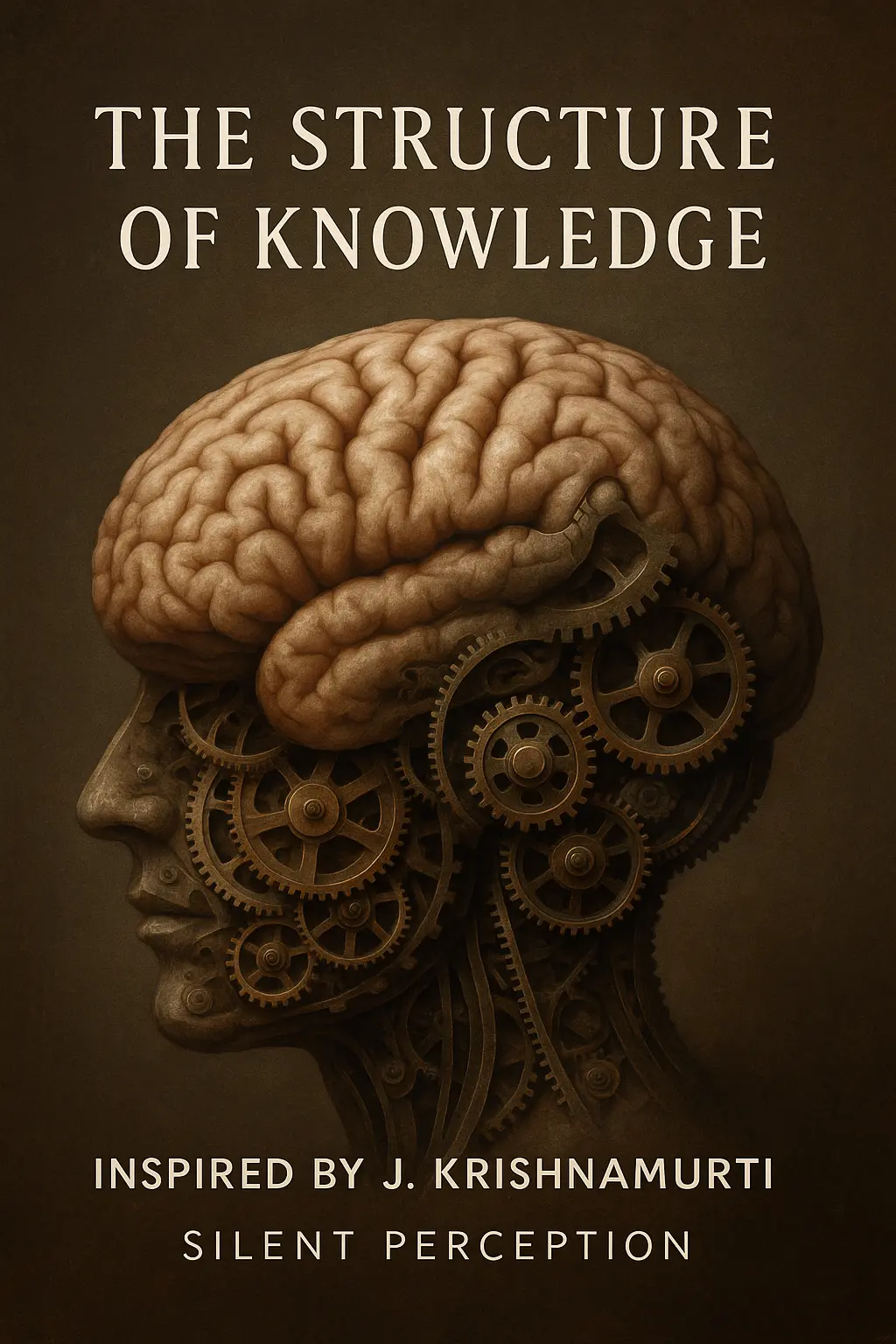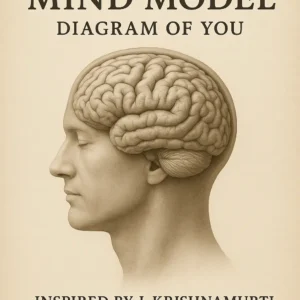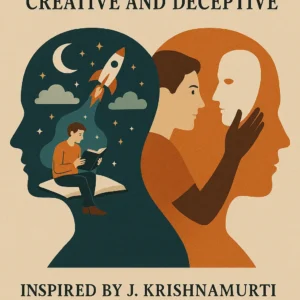Description
The Structure of Knowledge: Parts, Layers and Hidden Assumptions
What we think, feel, and believe is shaped by what we know — but how is knowledge itself structured?
In The Structure of Knowledge, we explore the architecture of the mind — how perception becomes memory, how memory becomes thought, and how thought forms the core of our actions, identity, and worldview. Knowledge is not a collection of facts, but a living system: layered, fragmentary, and constantly modifying itself. To understand ourselves, we must understand the structure of what we know.
This book investigates how knowledge is created, organised, and expressed — and how hidden layers of assumption shape our decisions, behaviours, and relationships.
What you’ll discover:
- How perception gives rise to knowledge, and how memory becomes the raw material of thought
- Why knowledge is made of fragments, and how the mind organises those fragments into a coherent structure
- How meaning is assigned to perception — and how that meaning dictates behaviour
- The role of explicit and implicit knowledge, and how past decisions unconsciously shape future action
- How knowledge builds layer upon layer, forming a complex structure that hides earlier conditioning
- Why exposing hidden layers of knowledge can transform our understanding and liberate us from outdated patterns
- The realisation that thought is the movement of knowledge, and every thought is a signal of change in what we know
This is not a book of psychological techniques. It is a clear and precise inquiry into how the mind works — not through analysis, but through observation. It reveals that the assumptions we live by are often invisible, buried beneath layers of thought, and that insight into this structure allows for transformation without resistance.
To see the architecture of knowledge is to see yourself — not as an idea, but as a living system of memory, meaning, and perception.
The Structure of Knowledge: Parts, Layers and Hidden Assumptions is ideal for readers of J. Krishnamurti, David Bohm, or anyone deeply engaged in the exploration of consciousness, perception, and conditioning.





Reviews
There are no reviews yet.